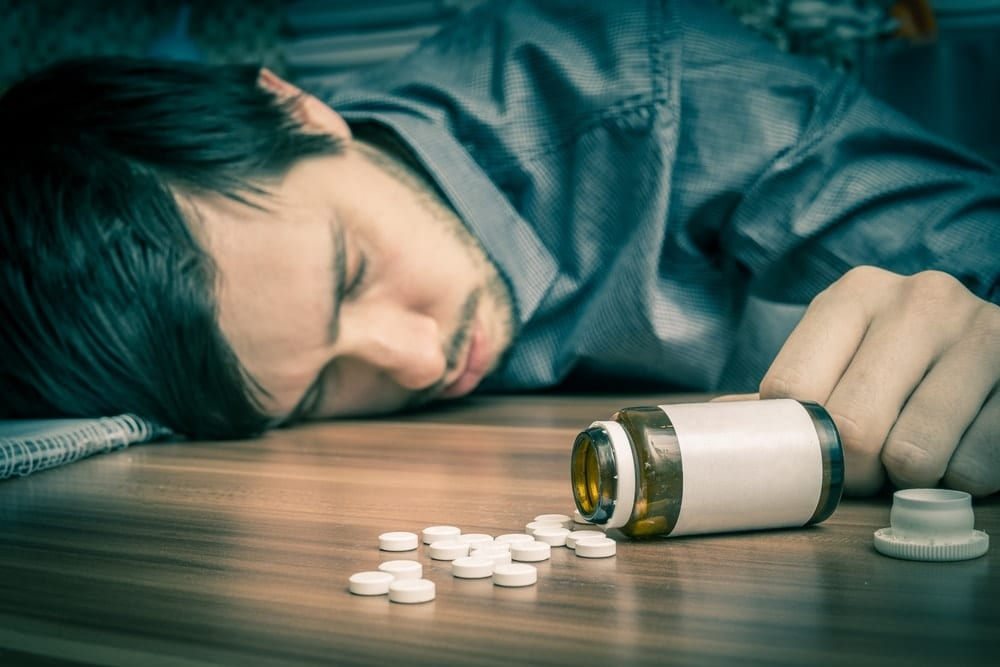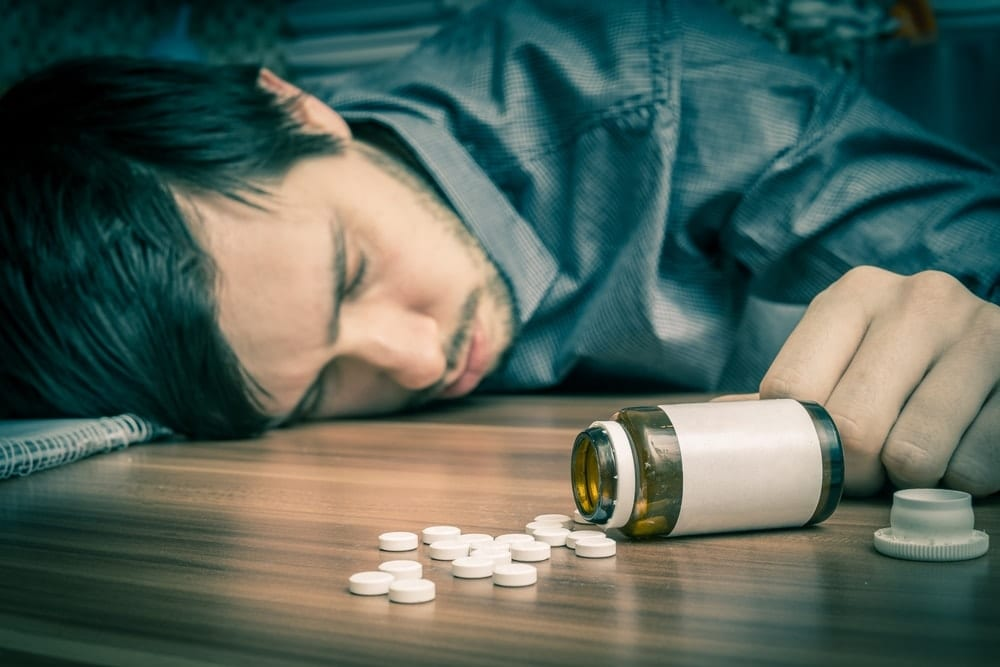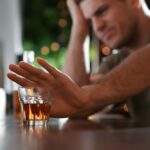Opioid use disorder (OUD) is a chronic and relapsing disorder characterized by the compulsive use of opioids despite negative consequences. It is characterized by a loss of control over opioid use, cravings for opioids, physical dependence, and tolerance to the drug.

Opioid Rehab & Addiction Treatment Programs Near Me
Opioids are used for restoring and enhancing the well-being of people affected by opioid addiction. It’s a common way of treatment for addiction. Find out about the benefits of undergoing addiction treatment here.
During treatment, medication can assist in preventing relapse while the brain is healing and regular emotional and decision-making capacities are being restored. For individuals with opioid-use disorder, medication assisted treatment (MAT) with agonists or partial agonists such as methadone or buprenorphine can be essential in helping to control symptoms of withdrawal and cravings.
Opioid Addiction Treatment & Rehab Options
Since opioid abuse can affect brain function and alter cognitive functions it is essential to give participants a better understanding of their addiction to the drug and how to deal with them effectively, since opioid use can cause serious health problems.9. opioid use can help. Call Here a rehabilitation consultant can help you understand the rehab services offered to you or someone you love as you recover from addiction.
How much does opioid treatment cost? Opioid treatment will vary largely based on the setting in which treatment is received, as well as if a client takes part in medication assisted treatment, or not. The National Institute on Drug Abuse anywhere between $400-$50,000 for treatment. We’ve detailed various ways of paying for rehab and can help you find a mix of treatment that fits your needs and budget.
Inpatient vs. Outpatient Opioid Rehab Programs
Other opioid rehab options are also offered in outpatient settings. In an outpatient center, patients remain in the hospital and get 24-hour care from qualified professional personnel. Part hospitalization programs or PHP programs are often referred to as day programs. In intensive outpatient programs or other outpatient treatment programs provide treatment during the day or night. The time required may vary between programs, but patients will return home each morning.
Inpatient opioid rehab programs involve 24-hour care and supervision in a residential setting, while outpatient programs allow individuals to live at home and receive treatment during the day. Inpatient programs provide a more intensive level of care with medical attention, individual and group therapy, medication management, and other support services. Outpatient programs provide a less intensive level of care with individual and group therapy, support groups, and other services.
Opioid Withdrawal Treatment (Detoxification)
The second step involves reducing withdrawal: helping a patient remove the drug and help the underlying cause. During withdrawal symptoms from opiates, a patient may be unable to take the drug. It will vary with how often one takes certain drugs. Withdrawal symptoms from opioids are common. Contrary to alcohol and benzodiazepine withdrawal, withdrawals from opioids are painful but rarely life-threatening.
Both methadone and buprenorphine activate tiny parts of nerve cells (opioid receptors) to control cravings, and they are effective and similar in safety and side effects. They may be used as maintenance treatments and, in some cases, to taper off opioid use.
Commonly Misused Prescription Opioids
Though prescribed in therapy, some opioid drugs were withdrawn from the medical market to be used in the nonmedical market. The following includes the following.
- Oxycodone (OxyContin)
- Hydrocodone (Vicodin)
- Fentanyl
- Morphine
- Codeine
- Methadone
- Buprenorphine (Suboxone)
- Hydromorphone (Dilaudid)
During the detoxification process, medical professionals monitor clients as they go through the initial phase of withdrawal. Clients typically stay in detox for five days , according to the Substance Abuse and Mental Health Services Administration. Once detox is complete, many clients will transfer to inpatient treatment.
Opioid Addiction Medications
The opioid addiction medication has a variety of uses in drug treatment. In the decision making for an opiates drug rehab program a variety of factors are involved to determine which medicine will meet the individual’s needs. Other factors included your mental and physical condition, drug use history.11. For those prescribed for drug addiction.
How to Pay for Rehab Without Insurance Finding an Opioid Addiction Treatment Center Near Me Finding the right inpatient opioid rehab center near you, involves a number of factors, including where the facility is located, whether insurance will cover it, the cost of treatment, the qualifications of the staff, if the program is accredited, and the treatment philosophy.
Signs and Symptoms of an Opioid Use Disorder
The diagnosis of opioid dependency is made from a variety of telltale symptoms or behaviours. Some of these include. 8 Other signs of potential problematic opioid abuse.8 Our treatment programs help thousands of people transform their lives around the world.
Symptoms are both physical and psychological. To deal with the latter, you undergo substance use disorder treatment. At a rehab facility, experts in the field work with you to customize a treatment approach. What works for one person doesn’t necessarily work for someone else. That’s why building a curriculum specifically for you is best.
Signs of Opioid Addiction
Opioid abuse disorders (OUD) are chronic diseases that affect brain and limb. Typically, people who can’t stop opioid usage are not able to stop it, and they are unable to stop. If you have an addictive substance abuse disorder, your symptoms can be detected in the first two years.8. Symptoms include: Despite the differences between individuals and OUD, some warning symptoms can indicate the existence of opioid dependence and can also cause an underlying problem.
Suboxone, when taken as prescribed, works to alleviate opioid withdrawal because of buprenorphine, but if an individual relapses and uses opioids while taking Suboxone, they will experience opioid withdrawal symptoms because of naloxone. Naltrexone , an opioid antagonist that is longer acting than naloxone and therefore is used to prevent cravings and urges in long-term opioid treatment in hopes of preventing relapse.
Most Common Opioid Treatment Programs
Detox treatment is an important part of treatment for opioid addiction. Throughout the detoxing period, doctors follow the patient through the initial stages of withdrawal. Clients are often referred to detox after five days of treatment, according to the DEA.
After detox, many patients will go into inpatient therapy. Typically they are performed on the premises of an ambulatory hospital. Generally. Clients generally receive treatment within 15 to 30 days, but this usually fluctuates with the insurance approval of their insurance company.
What are the signs, symptoms and side effects of opioid addiction?
Each situation is different and addiction is usually associated with physical and mental health problems. Infection progression can be gradual and is never recognized until an emergency occurs in the future. How do I identify and control my addiction and its effects on my health? Other symptoms or adverse consequences from opiate addiction include.
Detoxification and medication-assisted treatment: Acute opioid withdrawal can be a markedly unpleasant and daunting hurdle to overcome. Medically supervised detox can make the detox process safer and more comfortable.
Using a Rehab Center for Opioid Addiction Treatment
Continued misuse may result in OCD (opiode addiction disorder). Left untreated, people suffering from OUD could still misuse opioids despite growing illness and health difficulties, causing a breakdown from work, education and household duties.
Patients who start using prescription drug addiction should be treated for the pain and suffering. Rehabilitation usually begins after undergoing detoxification. People who are physically dependent on heroin might experience serious withdrawal symptoms during attempting to stop smoking including.
- Rehab Centers in Denver - April 7, 2023
- Depression Treatment Centers Near Me - April 7, 2023
- What is a Residential Treatment Program for Drug Addiction - April 7, 2023









